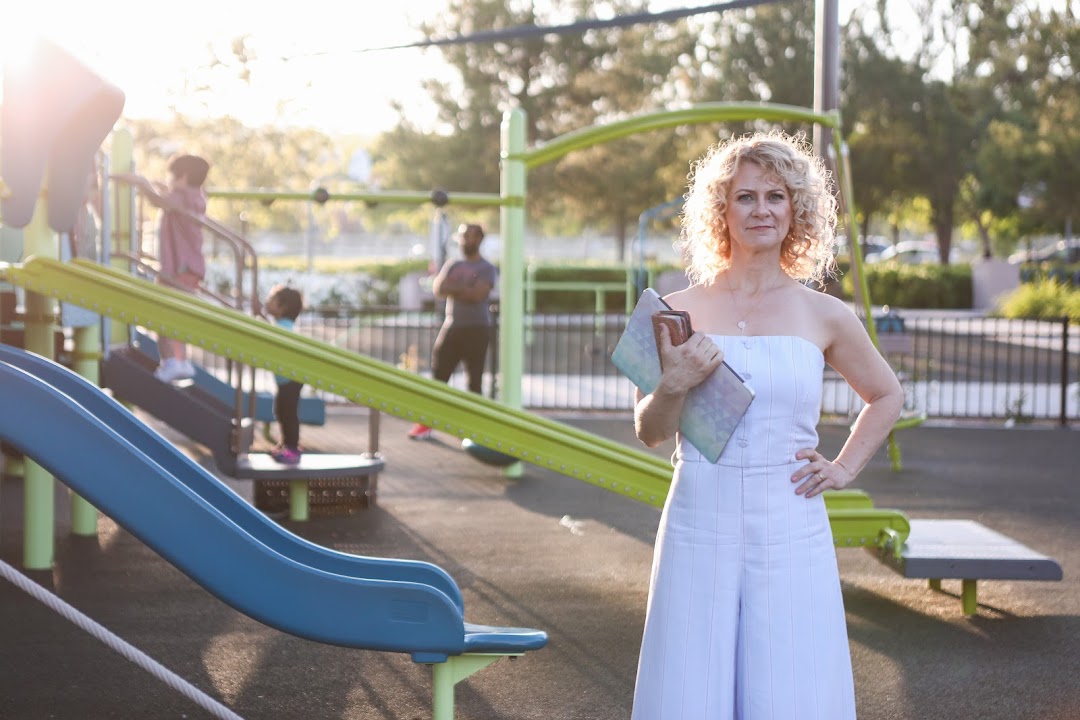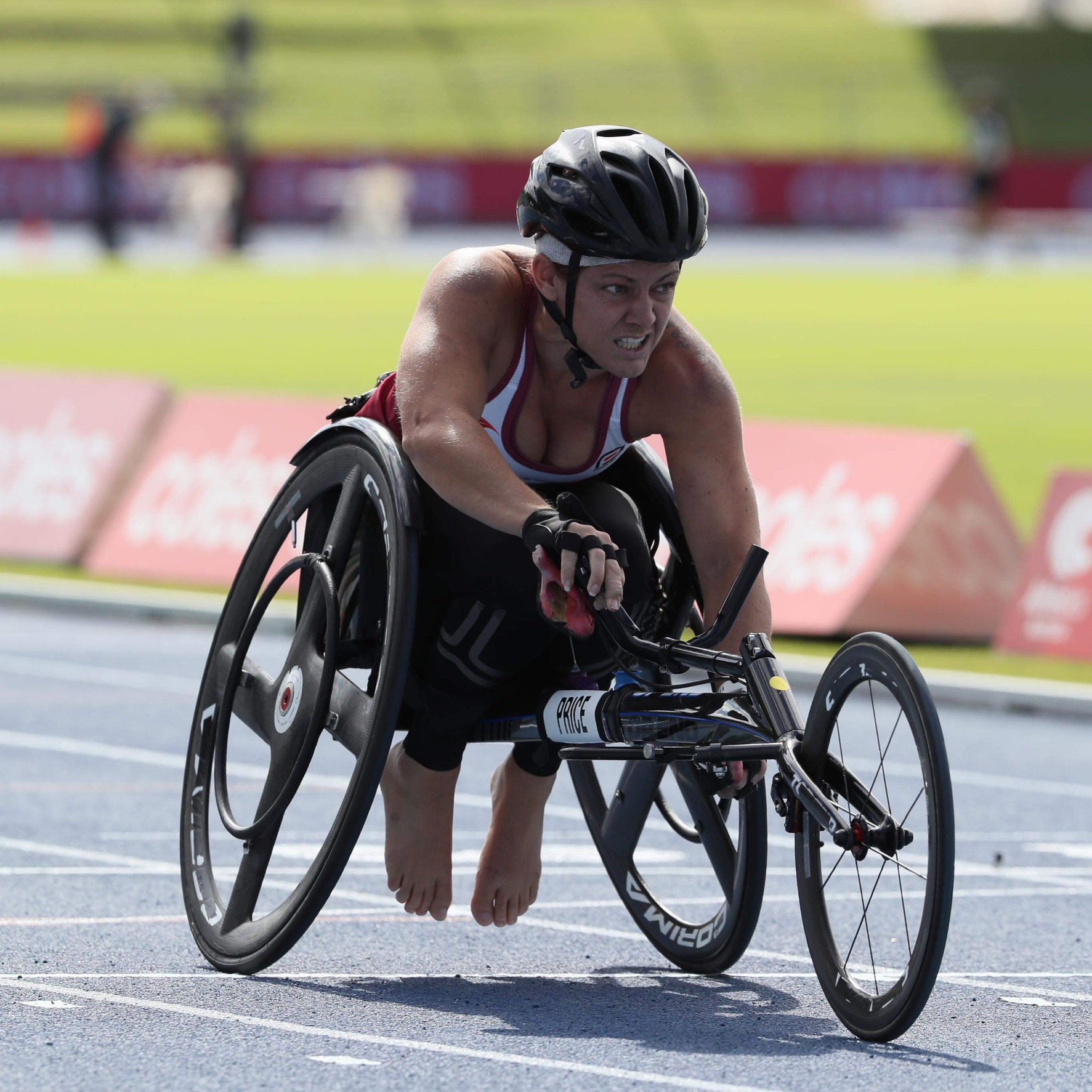Encephalitis and beyond
Rhianna Urquhart was just starting university when she developed strange and erratic psychiatric symptoms that baffled her doctors. At that time, Rhianna’s mum couldn’t have imagined that her daughter would get to where she is today, back home and looking forward to the future.
Rhianna’s journey began just after she started her medical degree at university. “We got some strange phone calls to tell us that Rhianna couldn’t cope and that she didn’t understand her lectures,” her mum tells This Is MedTech. “I went down to see her to tidy up her room a bit, help her with her notes and see where we stood.” But things were worse than she expected. “Rhianna hadn’t been eating, drinking or washing. She had also been pulling her hair out. She was very stressed,” her mum recalls.
“We brought her home for a week but her symptoms just got worse,” her mum continues. Rhianna had a couple of seizures and ended up in hospital. After she experienced visions, she was referred to a psychiatric hospital.
“They really didn’t know what was wrong with her. Somebody said that she was almost ticking off a smorgasbord of psychiatric symptoms but not really sticking with any of them,” Rhianna’s mum explains. That was when medical technology gave Rhianna’s family the diagnosis that they desperately needed.
Rhianna was sent for a magnetic resonance imaging (MRI) scan and an electroencephalogram (EEG). “The MRI scan confirmed that there was inflammation in the brain, and they were very quickly able to tell me that it was encephalitis,” Rhianna’s mum explains. “The EEG showed that she was having seizures every couple of minutes.”
Rhianna also had a lumbar puncture, a procedure to collect fluid from around the spinal cord, which is used to assess the cause of encephalitis. Rhianna was finally diagnosed with NMDAR-antibody encephalitis, a type of autoimmune encephalitis.
“To get the diagnosis was a huge relief,” her mum recalls. “Finally someone knew what was wrong with Rhianna. It not only helped us, but it also helped the doctors to pinpoint what they needed to do to help her.”
So Rhianna started on her long path to recovery, one that would span three and a half years and take in four different hospitals up to 200 miles from home. Rhianna was firstly placed into a coma and onto a ventilator to allow her medical team to find the right combination of medications to get her seizures under control. Focus then shifted to addressing her behavioural symptoms, allowing her rehabilitation to start in earnest. Over the next year, she relearnt to walk and read, before starting to get out and about in the community and finally being discharged.
While Rhianna is still on her journey of recovery, she is now looking to the future, which will perhaps see her pursue her love of animals through voluntary work in the short term and continue her education in the future.
“She would still like to do something medical,” confirms her mum, while conceding that Rhianna’s days can be quite broken with all the things that people get when they have had encephalitis. “But you never say never,” she continues. “She will certainly have a quality of life that at one point in time I didn’t think she would ever have.”






